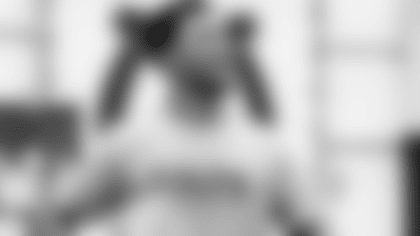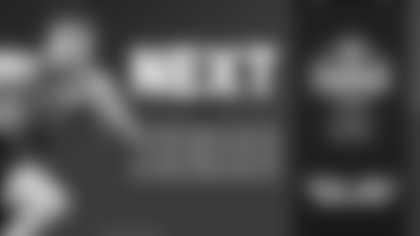[

](http://www.careyindiana.com)
INDIANAPOLIS – While with San Francisco in 2006, Pep Hamilton used the opportunity to expand his offensive base by delving into the vault to view original tapes of how Bill Walsh installed the West Coast offense.
The former Howard University quarterback was in the midst of a decade of personnel and coaching opportunities with five different NFL teams that ultimately led him to Stanford.
Hamilton was the receivers coach there under Jim Harbaugh in 2010, then served the next two years as offensive coordinator/quarterbacks coach under David Shaw.
Fluent in Stanford's West Coast offense, that term does not describe accurately what will be installed here. Instead, Hamilton depicted it as a "No Coast offense" recently.
"It is a 'No Coast offense,' and that's how Pep (Hamilton) feels," said Andrew Luck, Hamilton's starting quarterback in 2011. "That's how he presented it to us.
"It's going to try and give us the best advantage, wherever it may lie. It's taking ideas from here, from there, obviously from the West Coast a bit. Wherever it gives us the best advantage to get balls in Reggie's (Wayne) hands, in Vick Ballard's, in Donald's (Brown), in Darrius Heyward-Bey and T.Y. (Hilton), however we can do that, the tight ends, that's what the offense is predicated on."
Hamilton will build the attack that allowed the talents of playmakers to be accentuated. It is not a one-dimensional attack, but one that seeks balance.
"We want to have the ability to not only push the ball downfield and hit the big play in the passing game, but we've got to be able to run the football and hammer the nail saw," said Hamilton. "We're going to work hard to establish balance in the offense.
"On first and second down, there's no 'can't do's.' We'll do a great job of mixing in some power runs, mixing in the downfield passing game. Just really try and present a lot of conflicts for our opponents."
Said Chuck Pagano, "I'm sure there will be things we'll look at and look to implement as far as the West Coast concepts go, a few more check-downs, underneath routes, run after catch."
The rush:pass ratio in Indianapolis was tilted heavily through the air for many past seasons. At Stanford the last two years, the offense rushed 54.2 and 55.9 percent of the time under Hamilton.
Quarterbacks hit 71.3 and 60.2 percent of their passes for a 7.87 yards per attempt average while sporting a 56:20 touchdown:interception ratio and suffering only 30 sacks in 846 pass calls.
Merging concepts from a prior coach and with current talent is a good feeling for Luck.
"It's going very well," said Luck of working with Hamilton. "I feel fortunate I don't have to learn a completely new offense. Obviously, there are things he did in the past year that I wasn't familiar with from when I was with him in college. There are a lot of words, a lot of carryover.
"He's been very open to ideas of stuff we know from last year here and keeping some stuff. Obviously, it's a work in progress. It will continue to evolve."
Veteran quarterback Matt Hasselbeck is versed in the West Coast offense from earlier in his career.
He does not find the new Indianapolis as a true match of the attack in which he has played. What he does find is a diverse approach with personnel groupings and formations.
"(It's) very diverse," said Hasselbeck. "We're watching cut ups right now. We're watching the Saints, the Packers, the Niners, Stanford, Seattle, Tampa. We're watching everybody. When Pep (Hamilton) says there's no limit to what we're doing, (so far in) installation it's been everything.
* *
"It certainly seems that he's willing to try and do everything. We're talking about hurry up, no huddle, big guys in the huddle, fast guys in the huddle. We have not talked about two quarterbacks in the huddle. That's the only thing I can say for sure we have not talked about yet."














